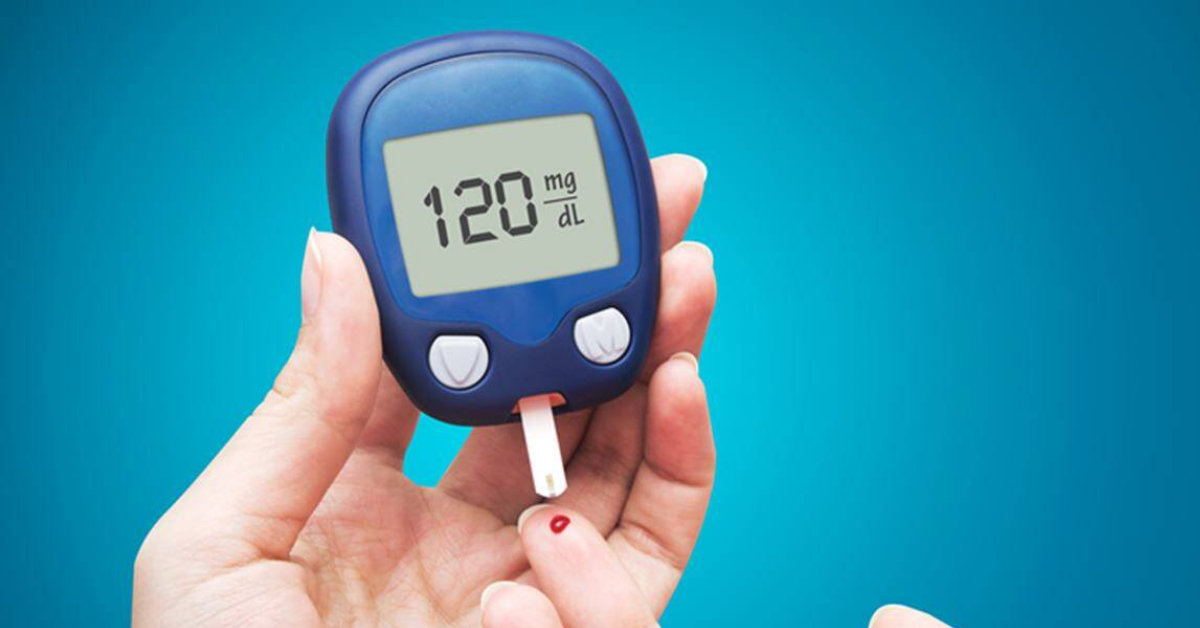As observed annually on November 14th, World Diabetes Day is recognised worldwide! Besides being an important date on the calendar, it’s a reminder of our collective responsibility towards health and wellness for all. Looking ahead to World Diabetes Day in 2025, this blog reflects on how diabetes affects people’s lives, how modern medicine helps manage it effectively, and how Ayurveda offers a deeply patient-centered approach.
Diabetes Day is more than just awareness – it is a call to action, compassion, and hopeful possibilities wherever you are on your diabetes journey. Personally, I frequently meet people who keep asking – “How to prevent diabetes?” or “How can I prevent diabetes naturally?” These are heartfelt questions that require real, meaningful, simple, and kind answers.
World Diabetes Day 2025, themed “Diabetes across life stages”, which is set by WHO, supports the important need to engage with prevention and address appropriate diagnosis and care for children, adolescents, pregnant people, adults in midlife, and the elderly – addressing ALL! Ayurveda’s core teaching resonates beautifully with this life-course approach by emphasising that treatment must address the whole person at every stage of life.
The growing shadow: understanding the diabetes epidemic
India has become the diabetes capital of the world. Hundreds of millions of lives are affected by diabetes. These figures are not abstract. They are our mothers and fathers; our children; our neighbours; and our friends. The rise in type 2 diabetes over recent decades is dramatic, and projections remind us that the numbers will grow unless we act. But numbers also point to opportunity — because many cases are preventable, and many complications are avoided with early action.
When we bring modern medicine and Ayurveda together, we do not dilute either — we enrich both. Modern science explains the biology: problems with insulin production or insulin action, metabolic stress, and the ways lifestyle and environment shape risk. Ayurveda, written for lifetimes rather than lab reports, offers a system for everyday living: how we eat, how we rest, how we move, and how we restore balance.
The modern view is clear: a balanced diet, physical activity, healthy weight, tobacco avoidance and good blood-pressure and lipid control reduce risk and complications. Ayurveda gives practical, individualised strategies to support those goals—from a daily rhythm (dinacharya) that regulates metabolism to herbs and therapies that may support digestion and tissue health.

Ayurveda’s practical framework for diabetes care
In Ayurveda, the corresponding term for diabetes mellitus is madhumeha (madhu means “sweetness”, and meha means “excessive urination”). But Ayurveda goes deeper – it views diabetes as an imbalance of the doshas (Vata, Pitta, and Kapha) and considers it primarily as a disorder related to metabolism and tissue nutrition.
Classical Ayurveda texts have described this condition and its management in detail, using a multipronged and individualised approach through lifestyle modification (including diet), detoxifying and purifying therapies (e.g., Panchakarma), and internal medicines.
- Shamana Chikitsa (pacification): individualised herbal formulations and dietary adjustments aimed at calming metabolic imbalance. Herbs such as Guduchi, Amalaki and Jamun are traditionally used and have supportive evidence in certain studies — but they should be used thoughtfully, and always with attention to interactions and quality.
- Shodhana Chikitsa (purification): treatments like Panchakarma can help improve digestion and clear out metabolic blockages in certain patients; however, they are not quick fixes but rather part of a paced, supervised approach.
- Pathya Ahara-Vihara (diet and lifestyle): this is the heart of prevention. Simple, repeatable habits — regular meal times, mindful eating, appropriate portion sizes, gentle daily movement, and sleep hygiene — are the most powerful tools we have.
Evidence and real-world outcomes
Clinical and observational reports from integrative clinics show promising results when Ayurveda is combined with lifestyle changes and conventional monitoring. Patients make remarkable improvements in glycaemic control with disciplined lifestyle changes supported by Ayurveda — some moving from high HbA1c readings to much safer ranges over months. These are not miracles; they are hard work, guided decisions, and steady support.
How to prevent diabetes naturally —practical steps you can begin today.If you’re asking, “ How to prevent diabetes?” or “ How can I prevent diabetes naturally?” — here are practical, compassionate steps:
- Food: Favour whole grains, legumes, vegetables, and fruits; reduce refined sugars and processed foods. Include bitter and astringent tastes in modest amounts (for example, karela or bitter gourd) and practise mindful eating— eat when hungry and stop comfortably before you feel full.
- Move: make daily movement non-negotiable — brisk walking, yoga, dancing or gardening for at least 30 minutes most days improves insulin sensitivity. Diabetes is primarily caused by sedentary lifestyles, such as lying in bed, watching TV, or sitting for hours in office chairs.
- Weight: modest sustained weight loss (even 5–7% in people with overweight) lowers progression from prediabetes to diabetes.
- Stress and sleep: Chronic stress raises blood sugar, so calming the mind is essential. Pranayama (meditation) and consistent sleep can reduce the cortisol levels and prevent the release of glucose for energy. This practice greatly prevents diabetes.
- Routine: wake up, eat, and sleep at consistent times; a steady rhythm supports digestion (agni) and metabolic balance. Avoid daytime sleeping and sleeping soon after food.
- Herbs with care: some botanicals show benefit, but always discuss these with your clinician to avoid interactions and to ensure quality.
A shared global vision — and hope.
Diabetes Awareness: Key Risks to Watch Out For
- Early signs: Excess thirst, frequent urination, tiredness, blurred vision, or slow-healing wounds — get tested early.
- Complications: Heart, kidney, eye, and nerve damage if sugars stay high — regular check-ups prevent this.
- Medicine quality: Use only trusted Ayurveda brands — avoid unverified products.
- Multiple medicines: Inform all your doctors to prevent any adverse events
- Lifestyle: Small, consistent diet and exercise habits work better than sudden changes.
- Mind–body link: Stress and poor sleep raise sugar — practice relaxation.
- Don’t delay care: Regular HbA1c, BP, kidney, eye, and foot checks are essential.
- Emergency signs: Vomiting, confusion, fainting—seek urgent care.






